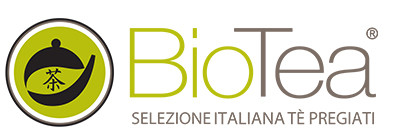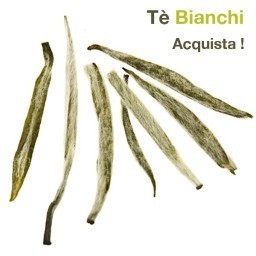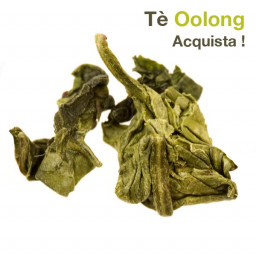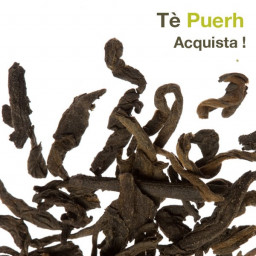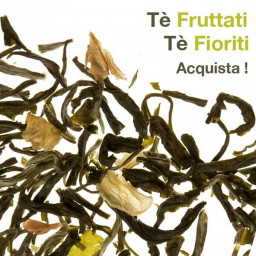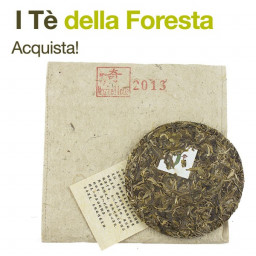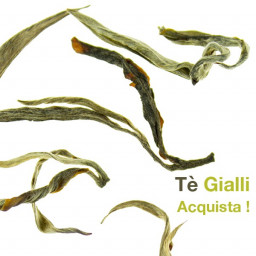No products
Product successfully added to your shopping cart
There are 0 items in your cart. There is 1 item in your cart.
Loose Tea leaves
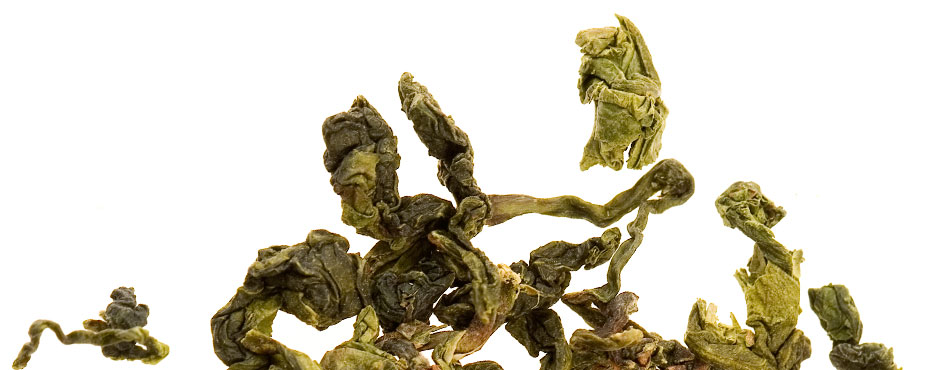
Our teas all come from cultivations only, where no pesticides or synthetic chemicals whatsoever are used.
Loose Tea leaves
Subcategories
-
White Tea
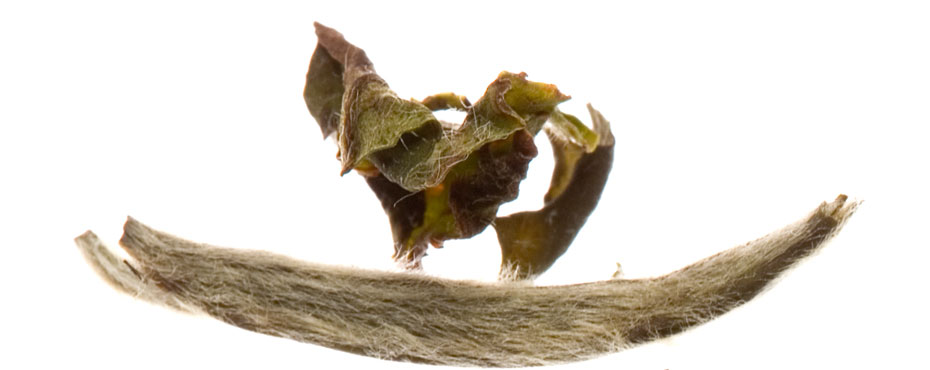
It is one of the most prized varieties available on the market. In China it is produced in very small quantities. The best quality is harvested in the spring, when the buds are still covered by the typical white fluff. The leaves, when work is finished, are silver plated. Not subject to virtually transformations, the leaves are simply dried. Its flavor is subtle, delicate and sweet. White tea contains large amounts of vitamins, especially those of group A and E, mentioned to counteract the action of free radicals and to reduce cholesterol.
-
Green Tea
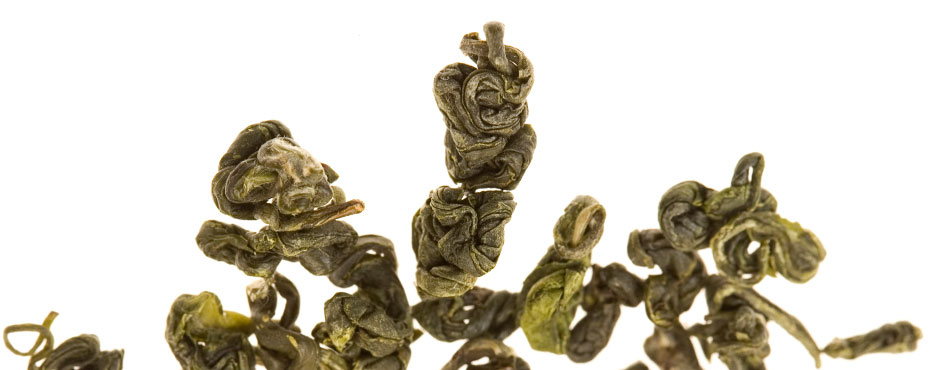
Green tea is the tea of origins, known in China for five millennia. After harvesting, the leaves are subjected to heat to prevent the oxidative process, processed into various shapes and then dried, that operations in China are still held largely by hand. The color of the infusion is crystal clear and varies from green-orange to pale pink. The benefits of green tea are known to all. We know it is an antioxidant, anti-inflammatory and protects against cellular aging, every diet is recommending the consumption of green tea. Its active ingredients have been studied by researchers around the world and are used to treat and prevent various types of diseases. In China it is considered a natural medicine and is drunk daily by millions of people.
-
Oolong Tea
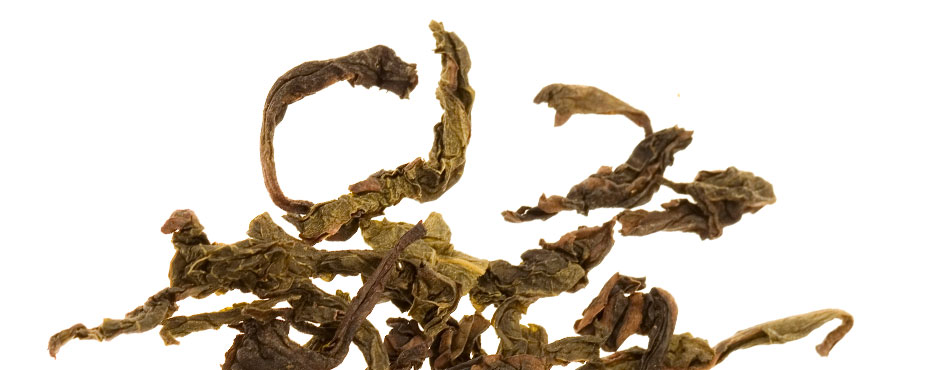
The Oolong tea is a semi-fermented tea and possesses characteristics which lie halfway between the black and green teas. The process of fermentation (oxidation) is not interrupted completely as happens in the Green Tea but is more or less prolonged depending on the type of tea that you want. This type of processing allows to reach the aromas and flavors that only in this category of tea can be found. The most important properties of the Oolong Tea are definitely the antioxidants; it is rich in calcium, potassium, magnesium, sodium, phosphorus and vitamins, a mix of beneficial substances that accelerate weight loss and helps to counteract the processes of aging and fight free radicals.
-
Black Tea

Certainly the most popular Tea in the west, in China its real name is Red Tea although the British gave it its current name. The preparation process of the Black Tea has its defining moment in the fermentation (oxidation). The leaves are simply left in contact with oxygen in a humid environment. When the fermentation is considered completed, the leaves are roasted to halt the decomposition process that starts with the oxidation. The last step would be the selection of the leaves, which pass into huge sieves that select them according to size. And it is here, in the type of leaf or fragment which has been prepared, which resides the (huge) difference among the hundreds of Black Teas on the market. The color of the leaves varies from green to copper red, while the color of the infusion is golden brown. The flavor is decisive, round and sweet, more or less spicy depending on the type.
-
Pu-Erh Tea
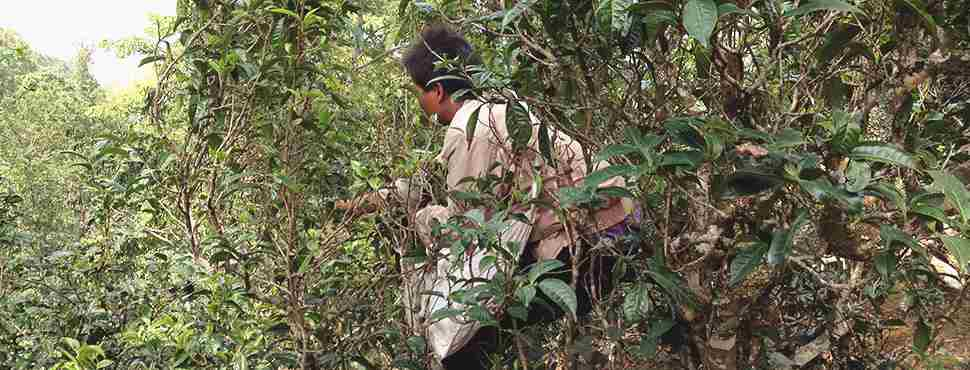
Surely the Pu-Erh tea is considered the most drunk and known in China. It is without a doubt a tea with strong healing properties and is particularly suitable for easy digestion, reducing the level of cholesterol in the blood and counteract the effects of excessive alcohol consumption. We recommend to drink it during meals to aid digestion and reduce the absorption of fat in the blood. It has great benefits for the whole gastrointestinal tract. All kinds of Pu-Erh tea come from Maocha (毛茶), a non-oxidized green tea produced from a variety of Camellia Sinensis- a large leaf native to the mountains in southern Yunnan. There are two categories of Puerh, the raw type (shēng 生) and the aged one (shú 熟). Type "shú" refers to those varieties that have passed through a post-fermentation process induced, while type "shēng" are the green varieties that naturally continue the fermentation process simply by following the seasons and exposure to environmental elements where they are kept. This tea in both forms (shēng 生 or shú 熟) undergoes oxidation or secondary fermentation that is caused by organisms growing in the tea and oxidation of free radicals, making it different from other kinds of tea. A real medicine that can help us prevent and fight many degenerative diseases.
-
Flowery and Fruity Tea
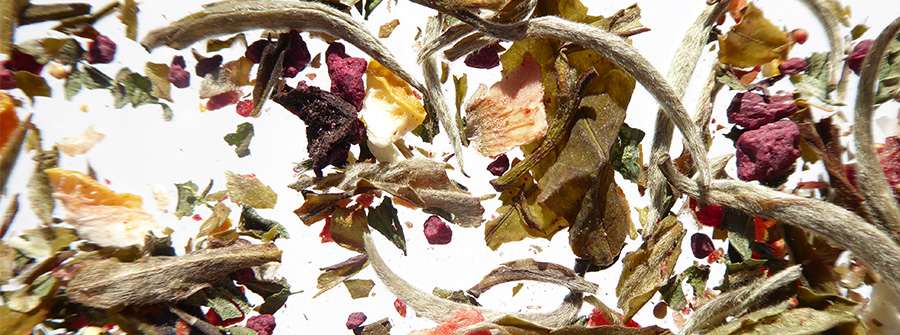
Our Fruity and Flowery Teas are made with real fruits and flowers grown without the use of pesticides and synthetic chemicals so the flavors and aromas are naturally, delicious and not artificial. We combine the best flowers and fruits with our Teas which are rich in antioxidants and vitamins, low in caffeine and bursting with health benefits. As with all of our Teas, there is no use of any chemicals and the work is done by hand according to old Chinese traditions.
-
Teas of the Forest
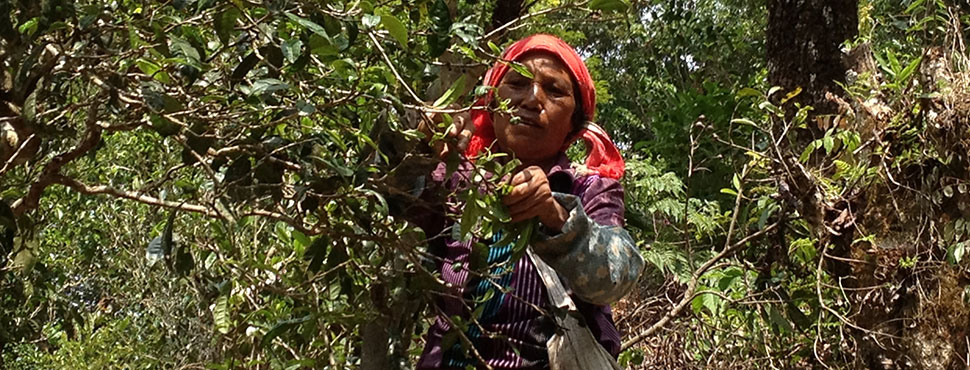
During my last visit in Yunnan last spring, I had the good fortune to meet some producers of incredible teas. Small businesses located in tiny villages in the mountains of the south of this region are family-run by wonderful people with whom I spent unforgettable days... The story continues in "The world of tea" on the page "Teas of the forest "!
-
Yellow Tea
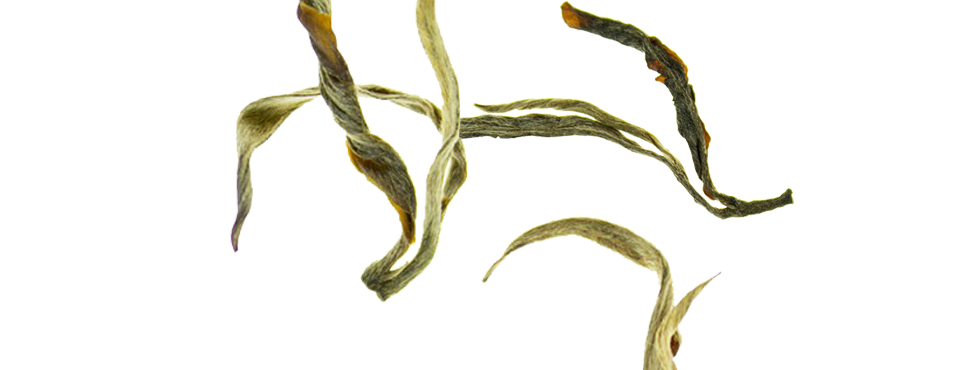
The yellow tea (in Chinese 黃 茶; pinyin: huángchá) is a Chinese Green tea that has been subjected to post-enzymatic fermentation. The finest Green teas are sometimes called yellow teas. After roasting and a slight pressing, the leaves are collected into small piles and covered with a damp cloth, then they are left for twenty hours at a relative humidity of between 80% and 90%. They remain so until they oxidize, then undergo a quick drying.
